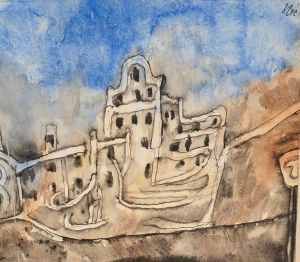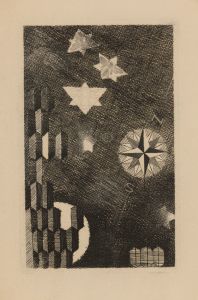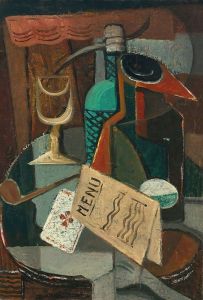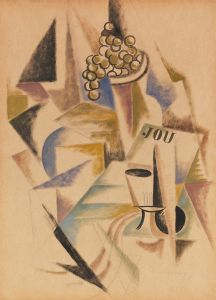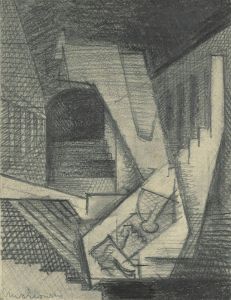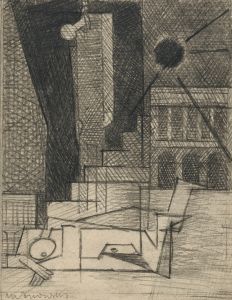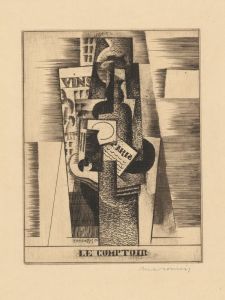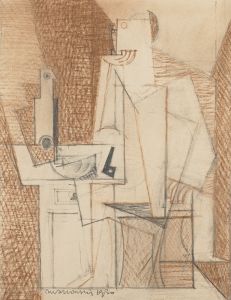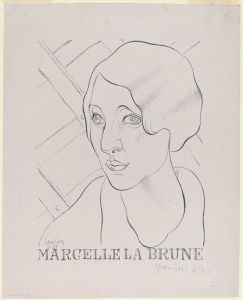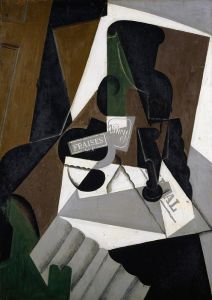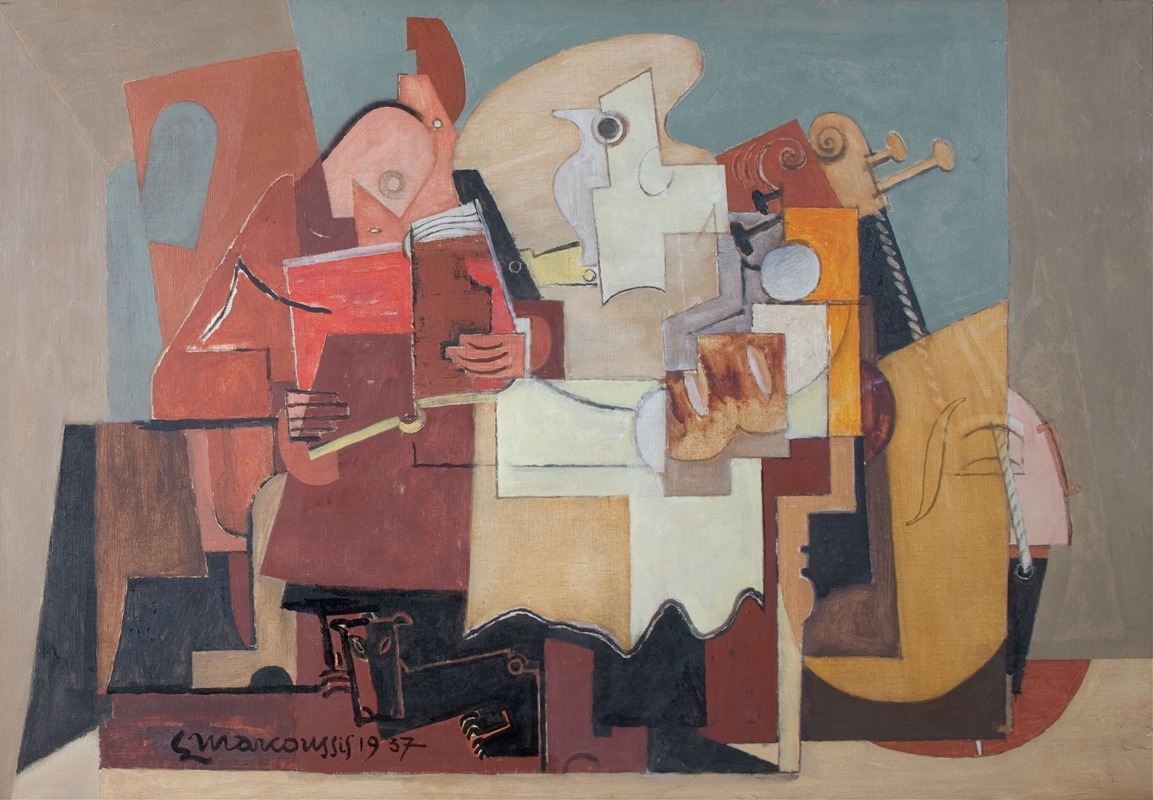
Le Lecteur
A hand-painted replica of Louis Marcoussis’s masterpiece Le Lecteur, meticulously crafted by professional artists to capture the true essence of the original. Each piece is created with museum-quality canvas and rare mineral pigments, carefully painted by experienced artists with delicate brushstrokes and rich, layered colors to perfectly recreate the texture of the original artwork. Unlike machine-printed reproductions, this hand-painted version brings the painting to life, infused with the artist’s emotions and skill in every stroke. Whether for personal collection or home decoration, it instantly elevates the artistic atmosphere of any space.
Louis Marcoussis was a Polish-French painter and engraver associated with the Cubist movement. Born Ludwik Kazimierz Władysław Markus in Warsaw in 1878, he moved to Paris in 1903, where he became an integral part of the vibrant artistic community. Marcoussis is best known for his contributions to Cubism, a revolutionary art movement that emerged in the early 20th century, characterized by fragmented and abstracted forms.
"Le Lecteur" is one of Marcoussis's notable works, exemplifying his mature Cubist style. While specific details about the painting "Le Lecteur" are not extensively documented, it is representative of Marcoussis's broader body of work, which often features still lifes, musical instruments, and figures, all rendered in a distinctive Cubist manner.
Marcoussis's approach to Cubism was influenced by his interactions with leading artists of the time, including Pablo Picasso and Georges Braque, who were pioneers of the movement. His work is characterized by a meticulous attention to form and structure, often incorporating elements of collage and a subdued color palette. Marcoussis's paintings frequently explore the interplay between two-dimensional surfaces and three-dimensional forms, a hallmark of Cubist art.
"Le Lecteur," like many of Marcoussis's works, likely employs a complex arrangement of geometric shapes and overlapping planes to depict its subject. The title, which translates to "The Reader" in English, suggests a focus on a figure engaged in reading, a theme that allows for the exploration of introspection and the intellectual engagement of the subject. In Marcoussis's hands, such a theme would be abstracted and reimagined through the lens of Cubism, emphasizing the act of reading as a multifaceted experience.
Throughout his career, Marcoussis exhibited his work in numerous prestigious venues, contributing to the broader acceptance and understanding of Cubism. His paintings and engravings were shown in the Salon d'Automne and the Salon des Indépendants in Paris, among other exhibitions. Marcoussis's work was well-received by critics and collectors alike, and he became a respected figure within the avant-garde art community.
In addition to painting, Marcoussis was an accomplished engraver, and his prints further demonstrate his skill in manipulating form and space. His engravings often parallel the themes and techniques found in his paintings, reinforcing his commitment to the Cubist aesthetic.
Marcoussis continued to work and evolve as an artist until his death in 1941. His contributions to Cubism and his unique artistic vision have left a lasting impact on the art world. Today, his works are held in major collections and museums around the world, where they continue to be studied and appreciated for their innovative approach to form and composition.
While specific information about "Le Lecteur" may be limited, the painting remains an important part of Marcoussis's oeuvre, reflecting his mastery of Cubist principles and his ability to convey complex ideas through abstract forms.





